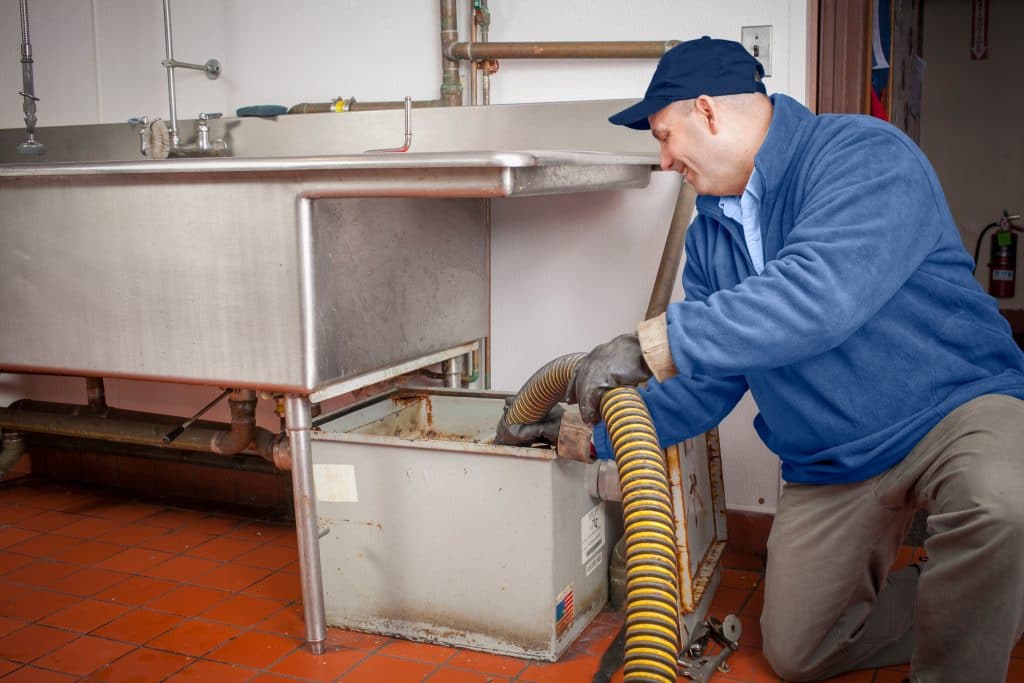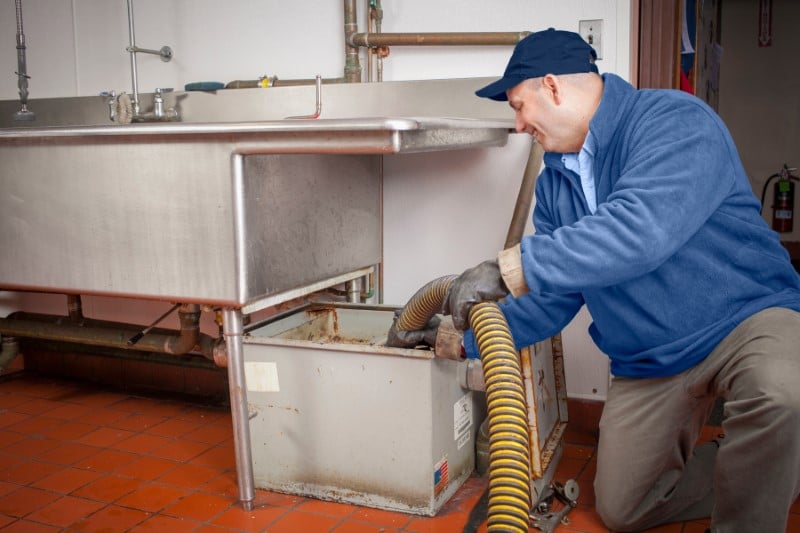
In schools all over the United States, chemistry laboratories are set up to help the students learn more about the dangers and benefits of chemicals. The school administrators have the responsibility of keeping their students safe whenever they study about chemicals. The chemistry lab should be the only area in school for the students to interact with the compounds. But since the start of the FOG (fats, oils, grease) problem, schools have already been exposed to chemicals at a much more hazardous degree. FOG overflow results to the backing up of untreated wastewater. The untreated wastewater is filled with various chemicals, most of which are very corrosive. The effluent also carries pathogens that cause various diseases. The chemicals in the effluent also pollute the surrounding environment, enough to kill off the aquatic life.
The US government requires all schools to have grease traps installed within their premises. The traps should be regularly maintained to prevent FOG overflows from taking place. In grease trap maintenance practices years back, the use of school grease trap chemicals and enzymes was very common. These chemicals and enzymes, until now, are very strong substances that could do more bad than good. School grease trap chemicals and enzymes emulsify the FOG and mix it easily with the untreated wastewater. The FOG easily enters the sewer pipes and cools down. The FOG then sticks to the inner pipe walls and harden like concrete. As more FOG enters the pipes, the thicker the coating of the cement-like substance on its walls. The pipelines become heavily clogged, resulting to effluent backups. School administrators do not realize what’s really happening until the very last minute when the grease expert breaks the horrid news to them that the school grease trap chemicals and enzymes that they’re using are even causing the FOG overflow. School grease trap chemicals and enzymes are indeed very strong. The chemicals could actually damage the grease trap itself. There should be a change in the type of additive used or school grease trap chemicals and enzymes will lead to the demise of the school’s grease trap.
Instead of school grease trap chemicals and enzymes, bacteria should be used regularly during the maintenance and pump out of the grease trap. Bacteria may be very ancient already but they do get the job done. Once they are introduced into the grease trap, they immediately eat voraciously and see to it that there are no traces of solid wastes and FOG that’s left in the grease interceptor. Bacteria also rid the grease interceptor of the disarming odors. They keep the environment safe because they do not have chemical discharges to pollute the surrounding living systems.
When FOG overflow happens, there are lots of issues that the school administration has to face. There are hefty fines that have to be paid because the amount of FOG that came from the school’s grease trap went beyond the set limit; those environmental lawsuits for the pollution and damages incurred by the surrounding bodies of water; and all serious health matters that the school administration has to answer for because of the backed up effluent.
With bacteria, none of these will ever come up again. These are Mother Nature’s best plumbers and no amount of school grease trap chemicals will ever take their place.
